Over the last months I have noticed something “interesting”. My LinkedIn feed and Google searches are full of posts and blogs that try to compare VMware and Nutanix. Most of them follow the same pattern. They take the obvious features, line them up in two columns, and declare a “winner”. Some even let AI write these comparisons without a single line of lived experience behind it.
The problem? This type of content has no real value for anyone who has actually run these platforms in production. It reduces years of engineering effort, architectural depth, and customer-specific context into a shallow bullet list. Worse, it creates the illusion that such a side-by-side comparison could ever answer the strategic question of “what should I run my business on?”.
The Wrong Question
VMware vs. Nutanix is the wrong question to ask. Both vendors have their advantages, both have strong technology stacks, and both have long histories in enterprise IT. But if you are an IT leader in 2025, your real challenge is not to pick between two virtualization platforms. Your challenge is to define what your infrastructure should enable in the next decade.
Do you need more sovereignty and independence from hyperscalers? Do you need a platform that scales horizontally across the edge, data center, and public cloud with a consistent operating model? Do you need to keep costs predictable and avoid the complexity tax that often comes with layered products and licensing schemes?
Those are the real questions. None of them can be answered by a generic VMware vs. Nutanix LinkedIn post.
The Context Matters
A defense organization in Europe has different requirements than a SaaS startup in Silicon Valley. A government ministry evaluates sovereignty, compliance, and vendor control differently than a commercial bank that cares most about performance and transaction throughput.
The context (regulatory, organizational, and strategic) always matters more than product comparison charts. If someone claims otherwise, they probably have not spent enough time in the field, working with CIOs and architects who wrestle with these issues every day. Yes, (some) features are important and sometimes make the difference, but the big feature war days are over.
It’s About the Partner, Not Just the Platform
At the end of the day, the platform is only one piece of the puzzle. The bigger question is: who do you want as your partner for the next decade?
Technology shifts, products evolve, and roadmaps change. What remains constant is the relationship you build with the vendor or partner behind the platform. Can you trust them to execute your strategy with you? Can you rely on them when things go wrong? Do they share your vision for sovereignty, resilience, and simplicity or are they simply pushing their own agenda?
The answer to these questions matters far more than whether VMware or Nutanix has the upper hand in a feature battle.
A Better Conversation
Instead of writing another VMware vs. Nutanix blog, we should start a different conversation. One that focuses on operating models, trust, innovation, ecosystem integration, and how future-proof your platform is.
Nutanix, VMware, Red Hat, hyperscalers, all of them are building infrastructure and cloud stacks. The differentiator is not whether vendor A has a slightly faster vMotion or vendor B has one more checkbox in the feature matrix. The differentiator is how these platforms align with your strategy, your people, and your risk appetite, and whether you believe the partner behind it is one you can depend on.
Why This Matters Now
The market is in motion. VMware customers are forced to reconsider their roadmap due to the Broadcom acquisition and the associated licensing changes. Nutanix is positioning itself as a sovereign alternative with strong hybrid cloud credentials. Hyperscalers are pushing local zones and sovereign cloud initiatives.
In such a market, chasing simplistic comparisons is a waste of time. Enterprises should focus on long-term alignment with their cloud and data strategy. They should invest in platforms and partners that give them control, choice, and agility.
Final Thought
So let’s stop writing useless VMware vs. Nutanix comparisons. They don’t help anyone who actually has to make decisions at scale. Let’s raise the bar and bring back thought leadership to this industry. Share real experiences. Talk about strategy and outcomes. Show where platforms fit into the bigger picture of sovereignty, resilience, and execution. And most importantly: choose the partner you can trust to walk this path with you.
That is the conversation worth having. Everything else is just noise and bullshit.
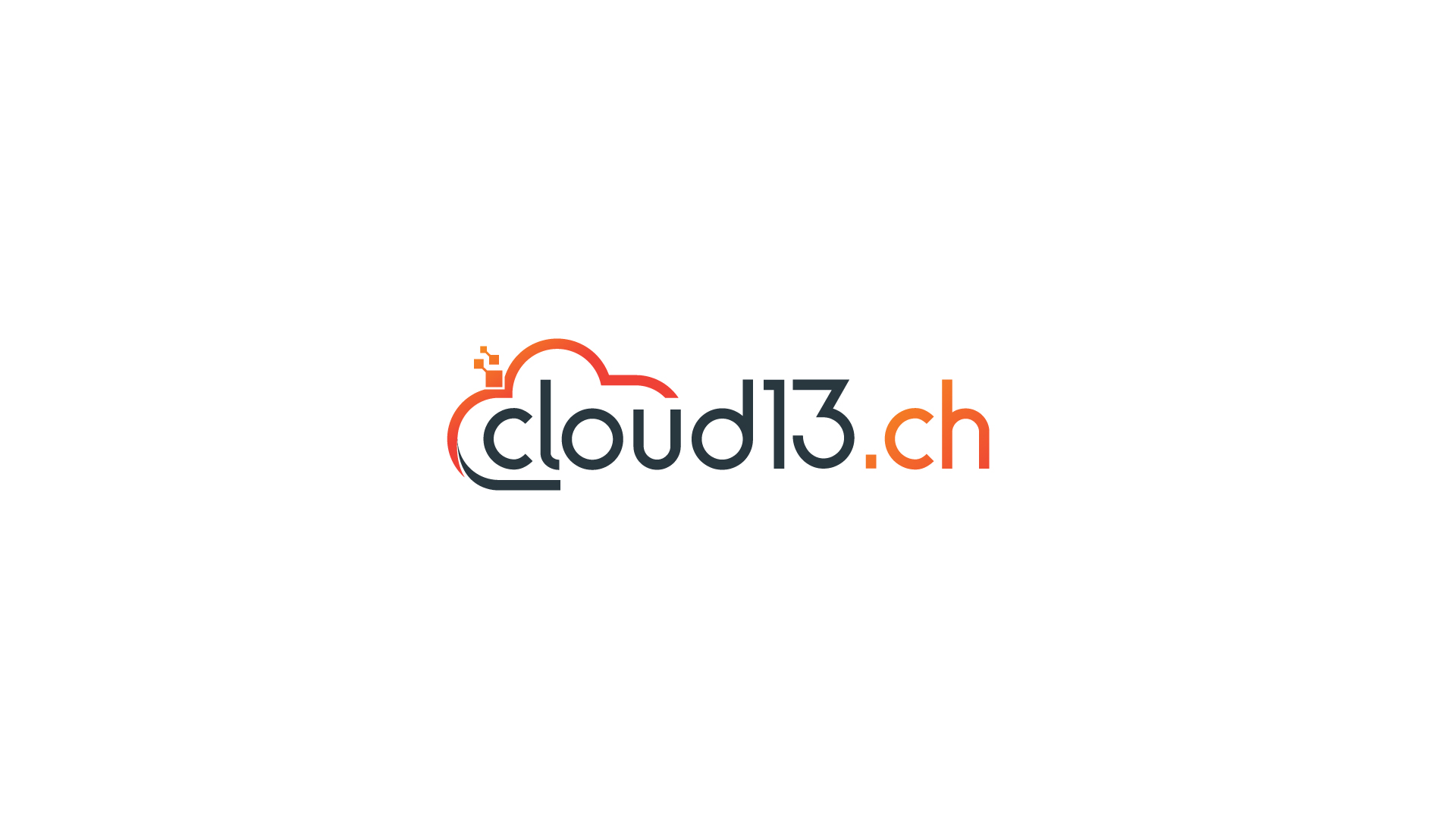
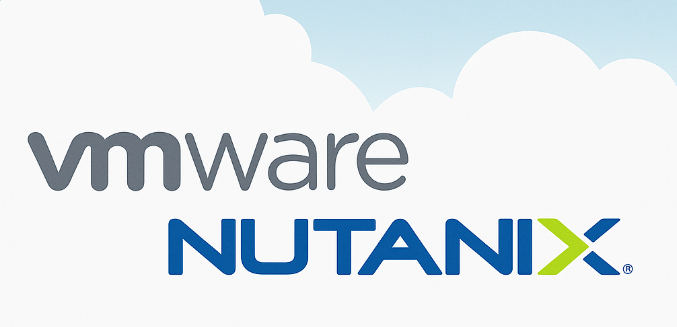



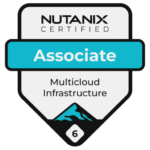










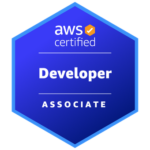
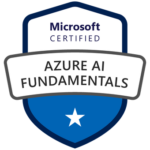
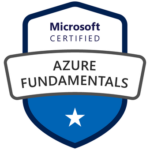
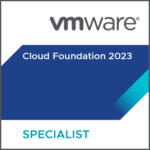
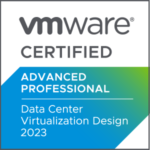

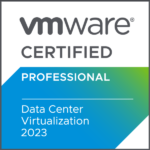
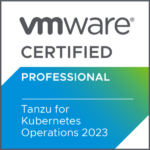
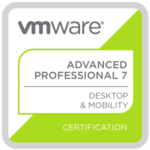
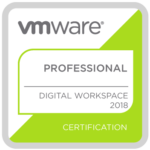

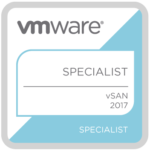


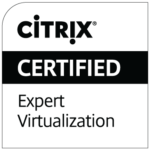
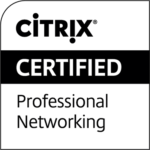
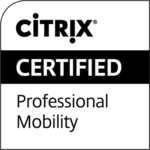
100 % agreement. Cheers Dudi
Couldn’t agree it’s not about one platform vs the other it’s about what solution which is often a mix of platforms gives you the unique requirements fit for your business. I would also argue we should be striving for a more cloud like operating model across both the edge datacenter and public cloud taking advantage of cloud native where it suits you not the vendor
Just talk to FluidCloud you will be atleast get freedom to move to anywhere you want